Archives
- 2025-11
- 2025-10
- 2025-09
- 2025-03
- 2025-02
- 2025-01
- 2024-12
- 2024-11
- 2024-10
- 2024-09
- 2024-08
- 2024-07
- 2024-06
- 2024-05
- 2024-04
- 2024-03
- 2024-02
- 2024-01
- 2023-12
- 2023-11
- 2023-10
- 2023-09
- 2023-08
- 2023-07
- 2023-06
- 2023-05
- 2023-04
- 2023-03
- 2023-02
- 2023-01
- 2022-12
- 2022-11
- 2022-10
- 2022-09
- 2022-08
- 2022-07
- 2022-06
- 2022-05
- 2022-04
- 2022-03
- 2022-02
- 2022-01
- 2021-12
- 2021-11
- 2021-10
- 2021-09
- 2021-08
- 2021-07
- 2021-06
- 2021-05
- 2021-04
- 2021-03
- 2021-02
- 2021-01
- 2020-12
- 2020-11
- 2020-10
- 2020-09
- 2020-08
- 2020-07
- 2020-06
- 2020-05
- 2020-04
- 2020-03
- 2020-02
- 2020-01
- 2019-12
- 2019-11
- 2019-10
- 2019-09
- 2019-08
- 2019-07
- 2019-06
- 2019-05
- 2019-04
- 2018-07
-
Similarly both neofunctionalization and subfunctionalization
2022-05-11
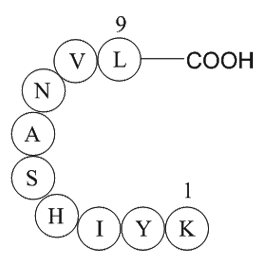
Similarly, both neofunctionalization and subfunctionalization likely occurred for the duplicated proglucagon genes. The change in function of GLP-1 would be a neofunctionalization, however in this case it acquired a redundant function – a function that largely overlaps with glucagon effects in the l
-
Both anxiety like behavior and
2022-05-11
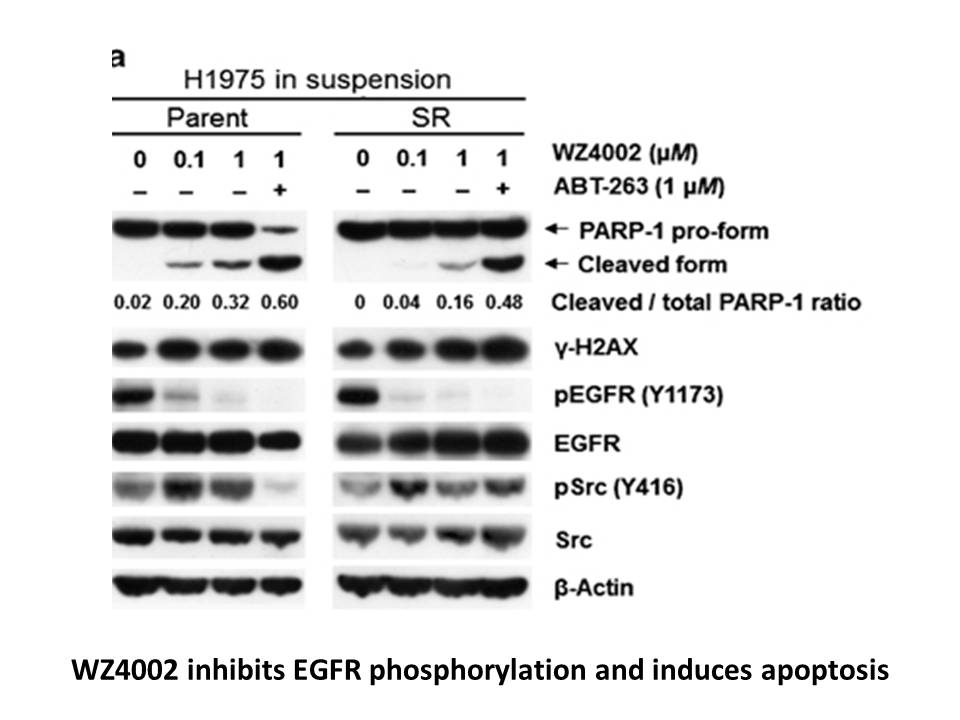
Both anxiety-like behavior and sucrose preference/intake were reduced in GPR40/FFAR1 KO male mice, while social behavior was normal in KO mice. These findings indicate that brain GPR40/FFAR1 is involved in the modulation of anxiety- and depression-like behavior in rodents. Previous studies have demo
-
Sirolimus rapamycin and everolimus both
2022-05-11
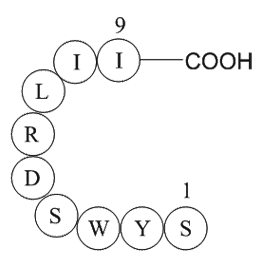
Sirolimus (rapamycin) and everolimus, both of which are mTOR inhibitors, are released by commonly used first- and second-generation DES. Considering the relatively high rates of the target vessel failure with currently available DES [12,14,16,45,46], there is a need for a novel drug strategy that pr
-
There has been conflicting evidence on the possible
2022-05-11

There has been conflicting evidence on the possible receptor mechanisms that mediate the neuro-immuno-modulatory effects of FAAH substrates. Evidence from in vitro studies indicates that AEA-mediated modulation of TLR4-induced neuroinflammation may be mediated by CB1/CB2 receptor dependent (Correa e
-
PKC potentiates insulin release in beta cells however
2022-05-11
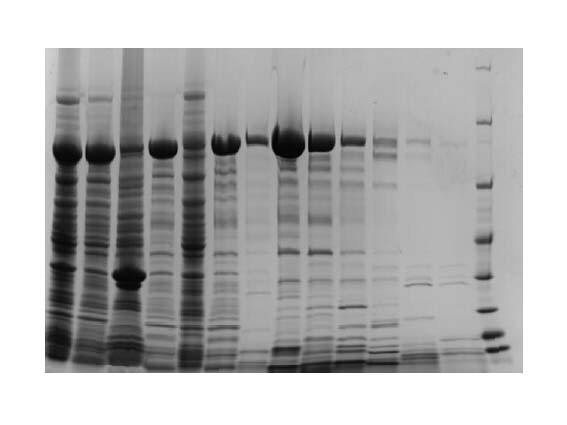
PKC potentiates insulin release in beta cells; however, it is currently not clear how this is mechanistically accomplished in living NU 7026 mg [15]. First, we discuss PKC structure, regulation, and activation in beta cells. Then, we address two fundamental questions: (1) what is the specific effec
-
The metal nanoparticles of gold Au silver Ag
2022-05-10
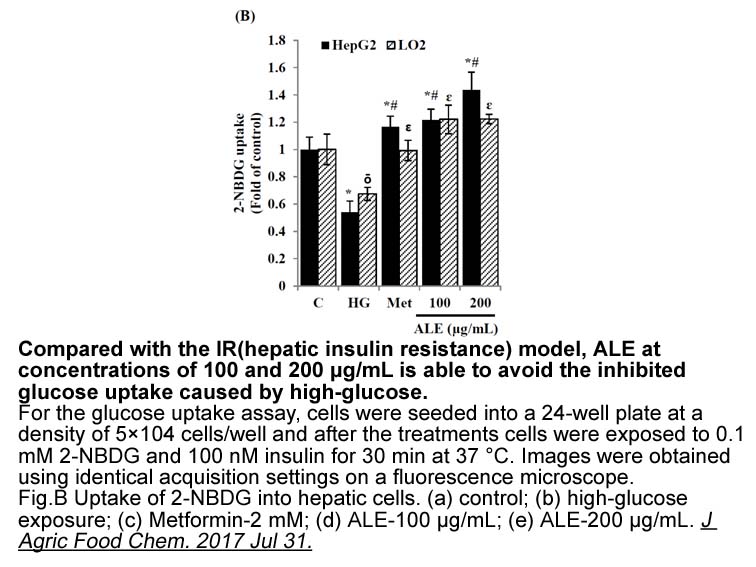
The metal nanoparticles of gold (Au), silver (Ag), Platinum (Pt), Palladium (Pd) and/or their composites are also being widely used to develop electrochemical sensors because of their unique advantages such as (i) ease in immobilization of receptor molecules, (ii) catalysis of electrochemical reacti
-
Given the major differences between the molecular regulation
2022-05-10
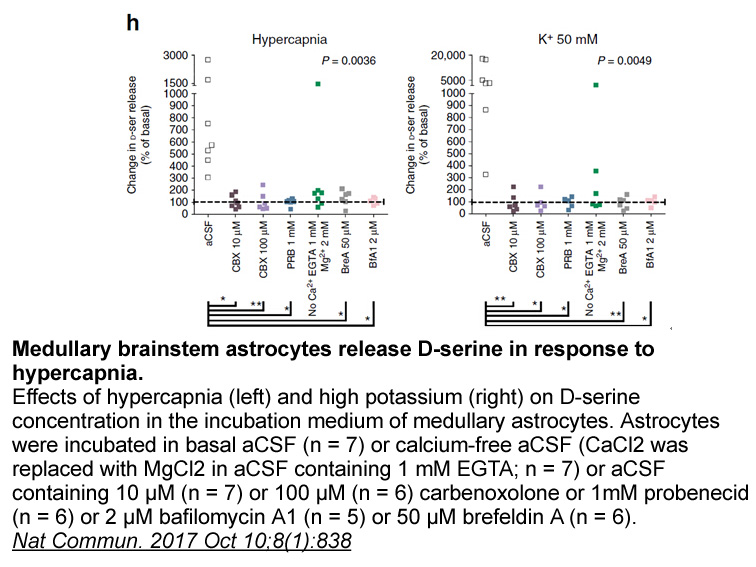
Given the major differences between the molecular regulation of the genes encoding HO-1 (HMOX1) in mice and humans, it is not appropriate to utilize mouse models for mechanistic analyses of human HMOX1[35]. In addition, it has been reported that drugs, such as statins, as well as stressors and the r
-
br Regulation of HO expression under
2022-05-10

Regulation of HO-1 expression under conditions of ischemic cardiac damage Heart is a vital organ with high metabolic demand, rich in mitochondria and it is very vulnerable to oxidative damage [85]. Disruption in coronary blood flow following MI leads to hypoxia (a reduction in the amount of avail
-
The inhibitory activities of new compounds against P aerugin
2022-05-10
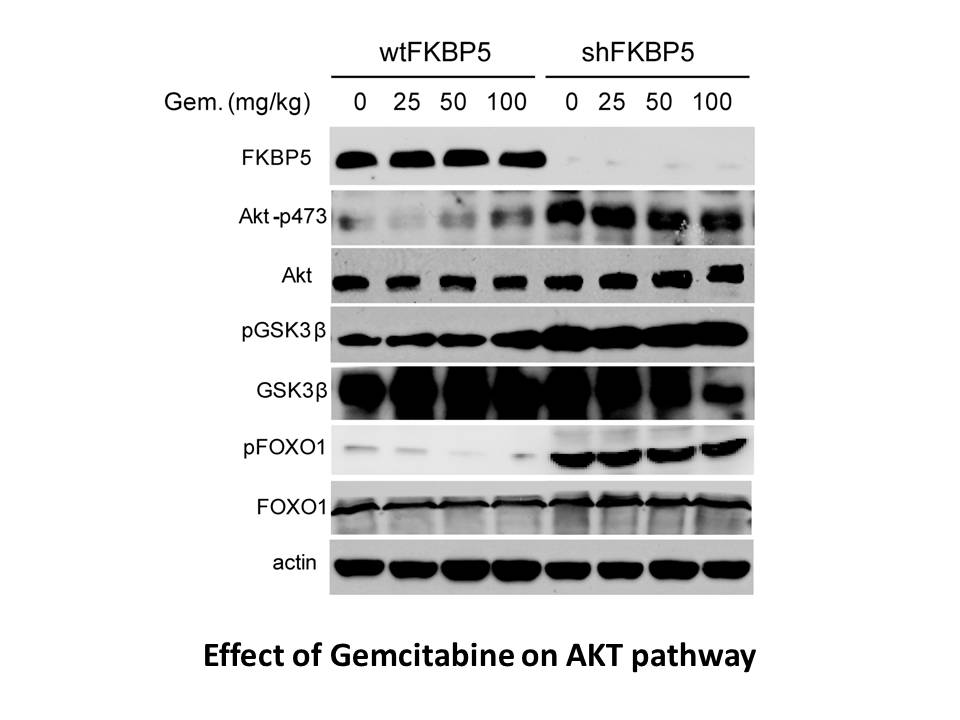
The inhibitory activities of new compounds against P. aeruginosa were determined in both DTSB media supplemented with heme or free iron and LB media (Table 1). The MIC50 values of the compounds ranged from 42 to 260 μg/mL in DTSB medium and from 26 to 230 μg/mL in LB medium. Among these new inhibito
-
Iberin HPgV coinfection has been associated with reduced liv
2022-05-10

HPgV coinfection has been associated with reduced liver disease in HPgV/HCV/HIV triply infected patients (Barbosa Ade et al., 2009, Berzsenyi et al., 2007, Berzsenyi et al., 2009, Berzsenyi et al., 2011). It is possible that HCV NS3 protease inhibitors could inhibit HPgV replication diminishing its
-
The fibulins are a newly abundantly in the basement
2022-05-10
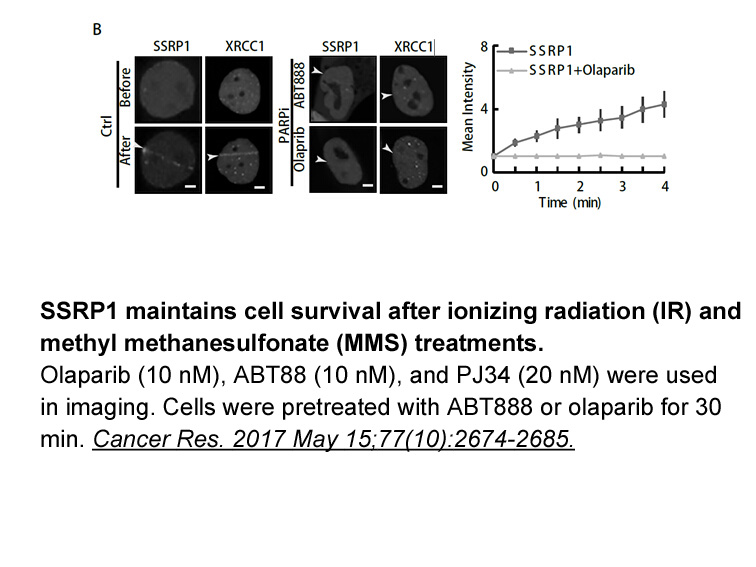
The fibulins are a newly abundantly in the basement membrane of blood vessels. Among them, fibulin-1 is essential for elastin polymerization. Tropoelastin cannot be assembled into mature elastin fibrils without the functional fibulin-1. In adult blood vessels, pronounced fibulin 1 deposition can be
-
br Introduction The signaling molecule nitric oxide NO plays
2022-05-10

Introduction The signaling molecule nitric oxide (NO) plays an essential role in vessel homeostasis by initiating vasodilation [1], [2], [3]. After biosynthesis in endothelial cells, NO diffuses into the subjacent smooth muscle layer to reach its target enzyme, soluble guanylyl cyclase (sGC, EC 4
-
Interestingly studies from Sahai and colleagues in cancer as
2022-05-10

Interestingly, studies from Sahai and colleagues in cancer-associated fibroblasts have revealed that YAP is required for the acquirement of a stiff ECM in the tumor microenvironment (Calvo et al., 2013). Subsequently, this stiffening of the matrix can activate YAP, thus creating a feed-forward loop.
-
However although lactic acid suppresses the activation
2022-05-10
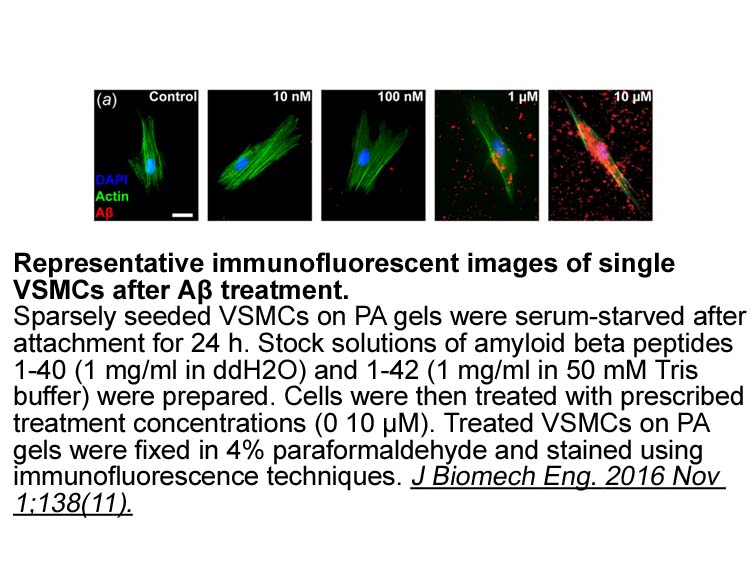
However, although lactic STI571 suppresses the activation of effector , rendering them unable to buffer intracellular acidity [32], other T cell subpopulations such as regulatory T cells (Tregs) exhibit metabolic adaptations in low-glucose, high-lactate environments. In particular, Treg transcripti
-
Adenosine triphosphatase ATP is a
2022-05-10

Adenosine triphosphatase (ATP) is a signaling molecule in acute pain and chronic pain(Burnstock, 2009, Burnstock, 2013, Burnstock, 2014, Chizh and Illes, 2001). It is also known that presynaptic A1 receptors are involved in the inhibition of transmitter release (Vizi and Knoll, 1976). Extracellular
15495 records 426/1033 page Previous Next First page 上5页 426427428429430 下5页 Last page